If you look at just the vote totals, it could seem overwhelming. In the vote for statehood, 97% of Puerto Rico voters who cast a ballot voted to become a state.
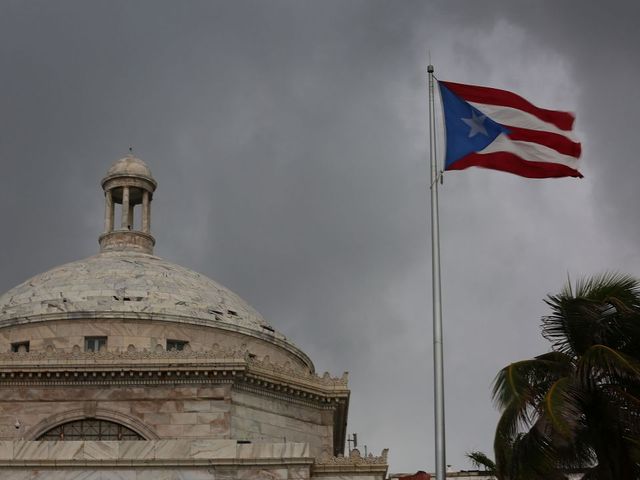
Well, that’s not quite the full picture.
As of 7 p.m. ET, the island’s election commission (CEE in Spanish) had reported that about 23 percent of the island’s eligible voters had cast ballots, or about 500,000 votes. About 97 percent of the votes were for statehood.
The population of Puerto Rico is about 3.6 million, so 500,000 votes is hardly representative of the mood of the voters. Especially when you consider the agenda of the current governor.
The island’s’ governor, Ricardo Rosselló from the New Progressive Party (PNP in Spanish), along with his government, had been pushing for a “yes” for statehood as the best way to grapple with Puerto Rico’s crippling $73 billion debt.
But the island’s other two main political parties had pushed for a boycott of the plebiscite, and it showed in the turnout numbers. About 1.3 percent voted for the current commonwealth status and about 1.5 percent voted for independence.
Did I mention that this statehood vote was a nonbinding referendum? This was essentially a very expensive opinion poll, with less than a quarter of registered voters showing up. That is not going to stop Governor Rossello, who has vowed to “create a commission” to begin to lobby for statehood. Statehood, or any change in Puerto Rico’s status, would have to be approved by Congress. And Congress is highly unlikely to pick up the price tag on a new state with a stagnant economy, even if the federal tax base was expanded.


![Puerto Rico Wants Statehood… Or Does It? [VIDEO]](https://victorygirlsblog.com/wp-content/uploads/2017/06/puerto-rico-wants-statehood-or-d.jpg)
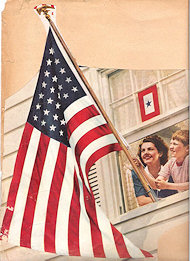
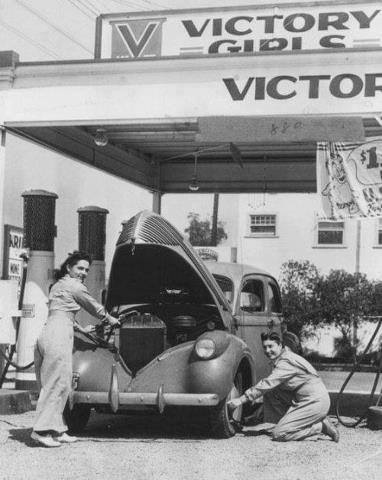
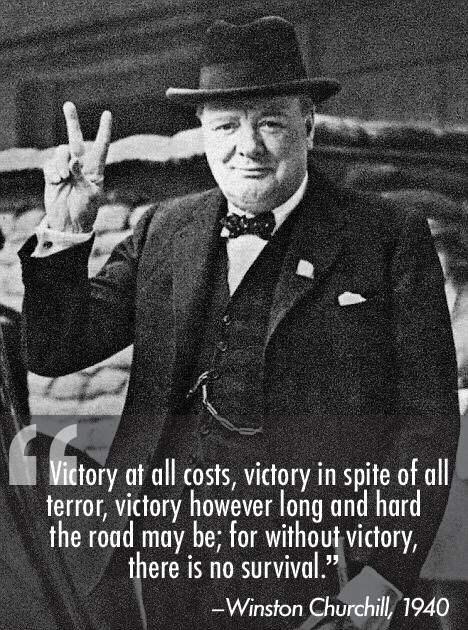
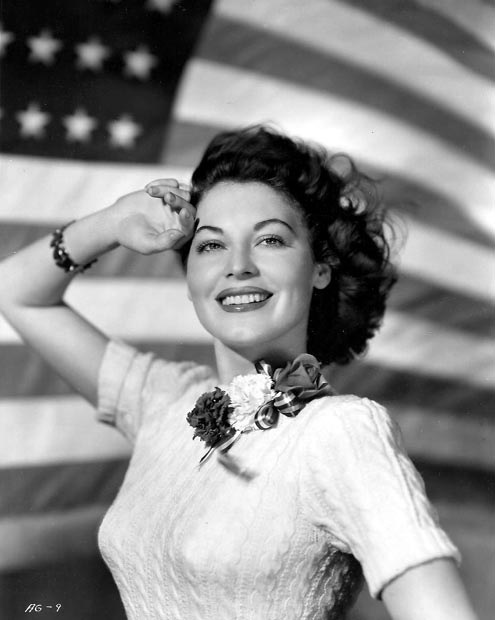
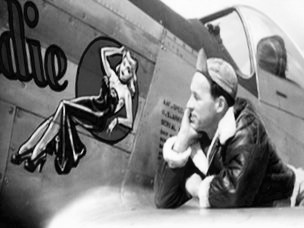
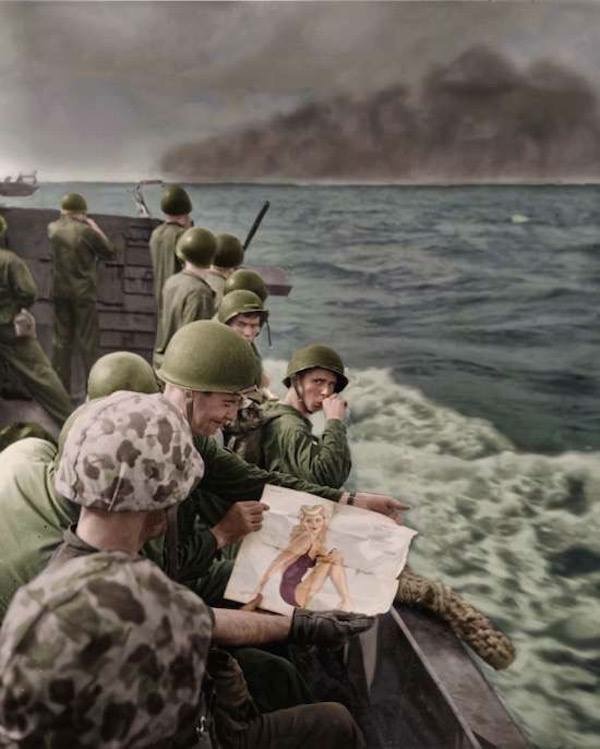

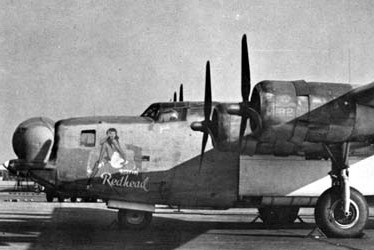
Recent Comments